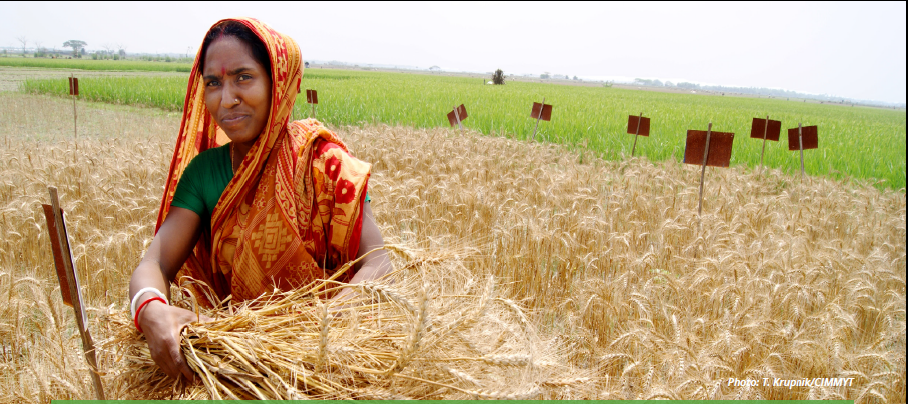This is the first in Crop Trust’s science brief series focused on biofortification.
As one of the world’s major staple food crops, wheat is consumed by 35% of the human population, contributing almost 20% of dietary energy and protein to the diets of developing countries. Due to its significant role in ensuring food security, wheat is an ideal candidate for biofortification.
The largest numbers of people suffering from mineral and vitamin deficiencies live in South Asia and sub-Saharan Africa. Wheat is a widely consumed food staple in South Asia, a close second to rice.
Thanks to the pioneering activities of the late Nobel Peace Prize laureate Dr. Norman Borlaug in the 1950s, which led to the creation of the International Maize and Wheat Improvement Center (CIMMYT) in 1966, Mexico has served as a hub to breed wheat for improved grain yield and disease resistance. Biofortification at CIMMYT has been undertaken through funding and collaboration with partners of the interdisciplinary HarvestPlus program, which was launched in 2003.
Click here to access the full brief.
